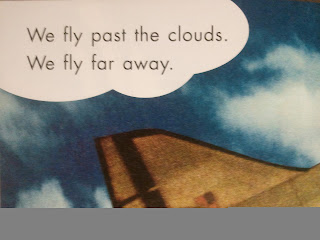Make a Class Set of Literacy Frames
She suggests using these "Literacy Frames" to serve as a visual for children to really look at a word that happens to give them trouble. We often tell children to "sound it out" (as long as it's not a sight word with irregular spellings). Many times we instruct readers to look for patterns in words such as "chunks" and "word families." We may even see if the children can find what I call a "baby alert." This is a smaller, "baby" word found in a larger word. such as seeing the word "cat-" in the larger word "catcher." Also, it's always a great idea to encourage children to use what they know about phonics. Can they find a blend (cl-), digraph (-th), ending (-ing), etc.?
The "Literacy Frames" let readers interact with unknown words by first framing the word in its entirety and then honing in on the parts of the word that the children can decode. It works because it's concrete! As they sound out, they maneuver the frame. Let's look at an example.
Say a student comes to the word "away" in the above text and is unfamiliar with the word. To be successful, we must show the student how to dissect this word. The "Literacy Frame" works by framing perhaps the "-ay." The student may say "I know this says /ay/ because I know the word 'day.'" "-ay" would be framed. A child may also frame the first letter "a" and note that it either has a long or short sound. In addition, the child may frame the word part "way" and read that first [see below], thus verbalizng that placing an "a" in front of "way" results in "away." By maneuvering the frame, the child fully understands word attack strategies in a much more hands on manner.
I call these valuable tools our "Word Framers." I have a box of dozens of them in my guided reading supply shelf. Each time we read in guided reading, student take one. Also, students know they can get up and get a "Word Framer" whenever they wish throughout the day. I have sent these home with parents to use with at-home reading, have used them in reading clinics, tutoring, teacher training and in interventions. They work really well! I have a large size "Word Framer" [see top photograph] for me to model how to use the "Word Framers" by reading a big book or a chart. Click here for a pdf file with the directions.






No comments:
Post a Comment